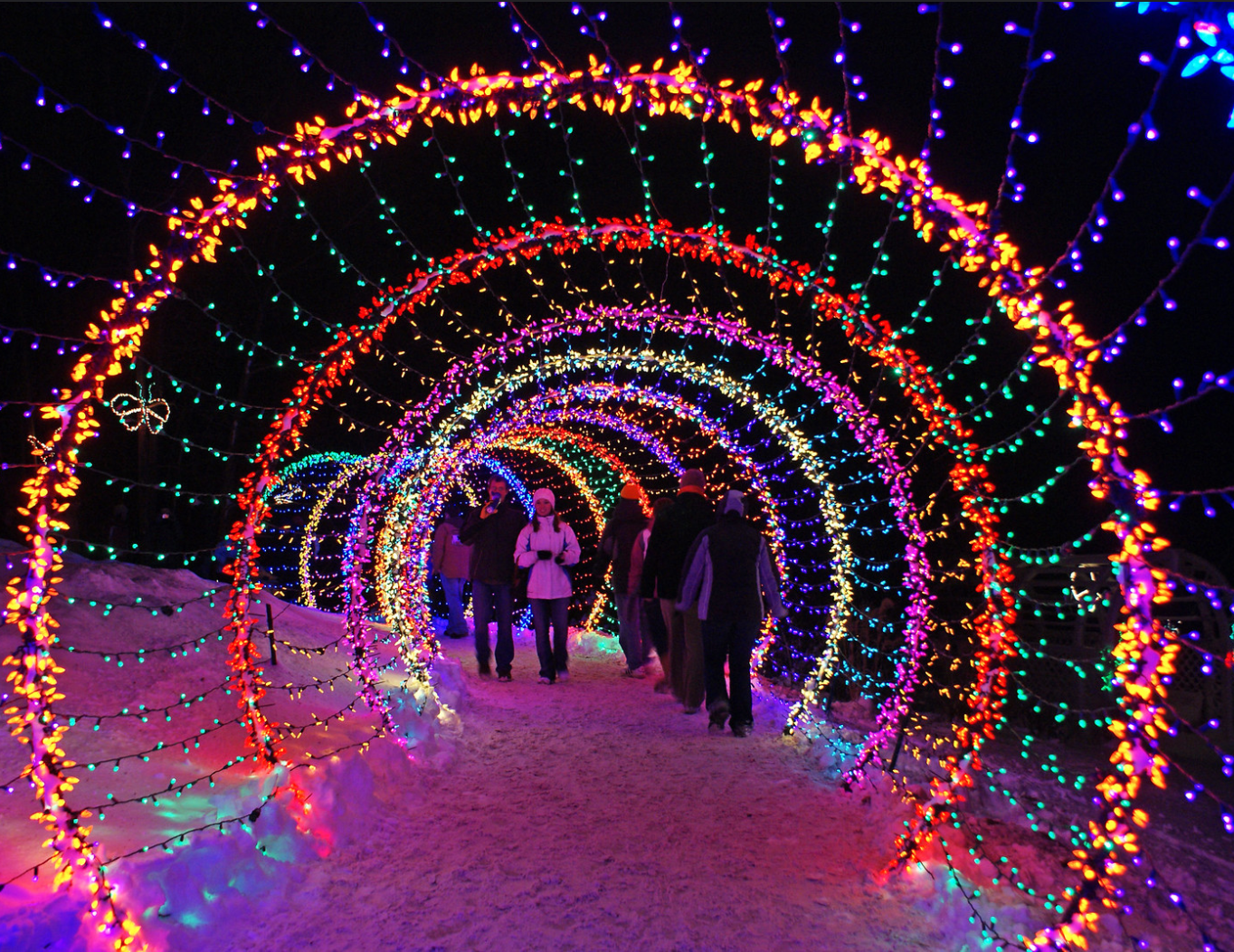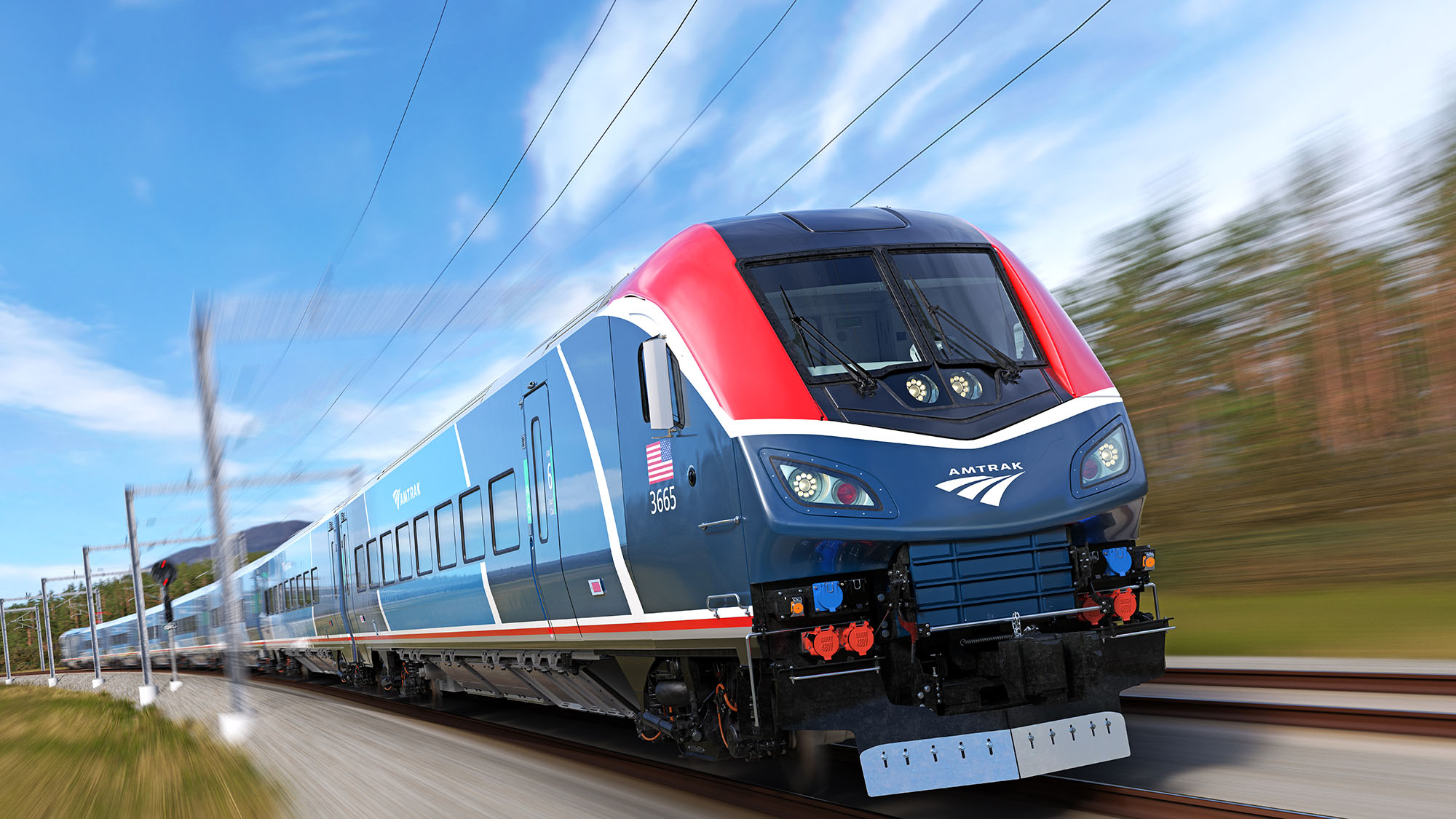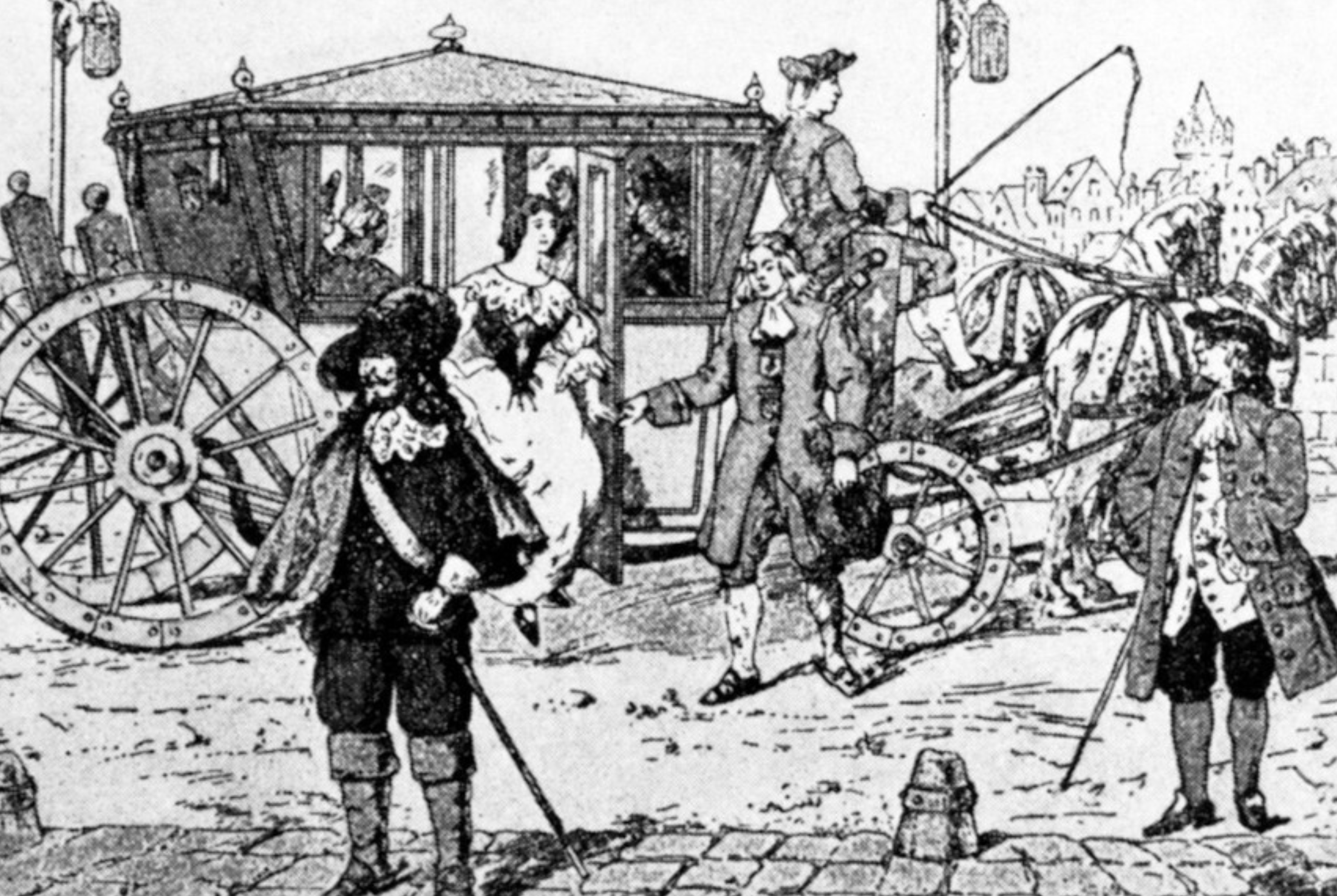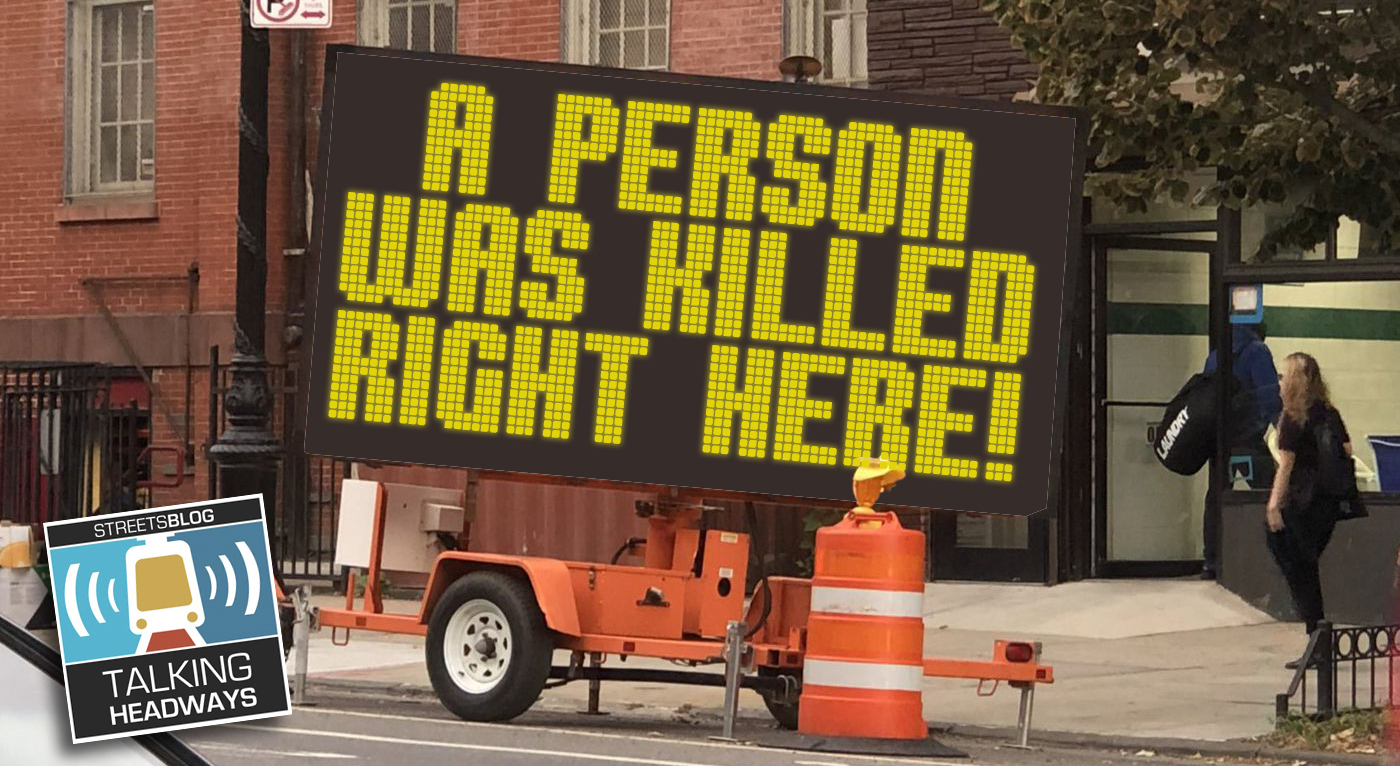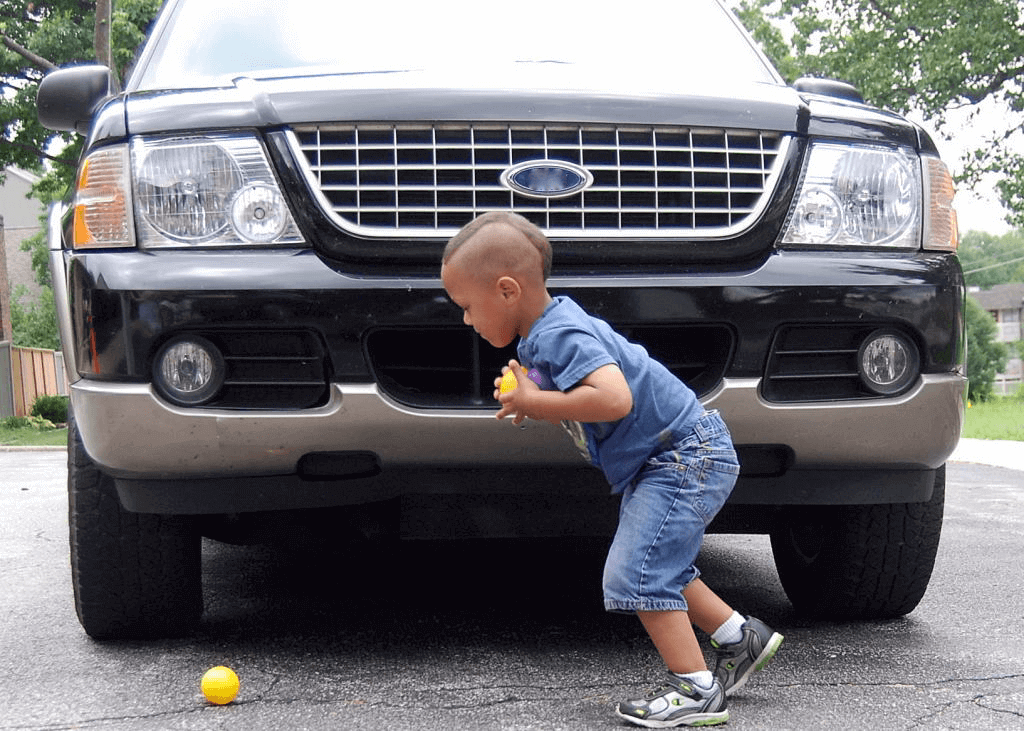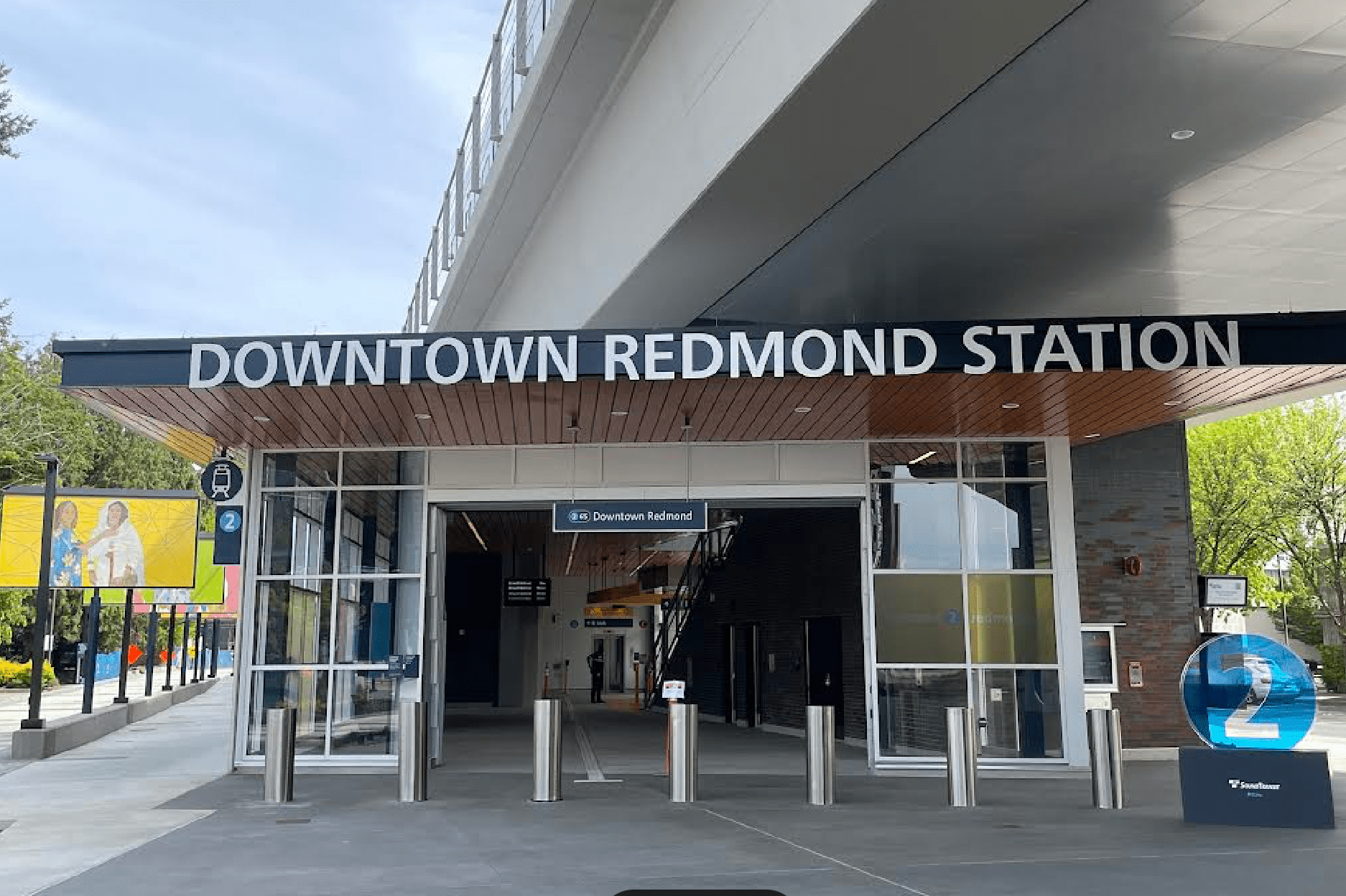Communities across the northern U.S. are bracing for a cold and early winter — and a predicted new surge in COVID-19 infections. But many aren't doing much to outfit their transportation networks for the realities of harsh weather amid a public health threat.
In an informal review of the 10 largest cities with snowy winters, Streetsblog found that few had put forward comprehensive plans to meet the most commonly anticipated challenges of a coronawinter: low public transit ridership, higher-than-average interest in active transportation, and a high probability that children will need to play in neighborhoods rather than in school yards because of school closures. Because COVID-19 transmission happens much more often in indoor settings than outdoors, cities must make cold-weather transportation and recreation attractive alternatives to riskier indoor activities.
Here are some measures that cities are taking to keep citizens safe when they're moving around — and a few they might consider.
Winter-ready (and COVID-safe) outdoor gathering spaces
The dining industry is working hard to get ready for bad weather — but not everyone can afford to patronize a restaurant with a patio. Luckily, many strategies that restaurants are using can be repurposed for public spaces with a little civic investment or creativity.
Cities such as Chicago, Ill., and Washington, D.C., are sponsoring programs to encourage restauranteurs to winterize their outdoor streateries, with the nation's capitol doling out a whopping $4 million (or a maximum of $6,000 per business) to buy outdoor heaters, canopies, and even ad space to publicize corona-safe dining options. If that money were spread around a little, cities could outfit similar seating areas in parks, squares, and even parking spaces with similar amenities, so that non-paying customers — particularly the unhoused — could benefit from them, too.
Some interventions don't require any cash: Simple shifts, such as working with local fire departments to legalize the use of charcoal grills in park facilities as heating, could make a difference, according to experts quoted in a recent Bloomberg article.
But many creative ideas for outdoor gathering spaces are coming from the restaurant industry, with such Instagram-worthy ideas as radiant-heated stools, mini-yurts for two, solar-powered heaters built right into patio umbrellas and whatever these inflatable fishbowl things are.
#OneNewYork Cafe du Soleil @104 & Bway - They zip shut. A waiter said they would use heaters in cold weather - Melissa pic.twitter.com/BVUaZXhjyQ
— Acircleoflight@aol.com (@Acircleoflight1) September 21, 2020
Winterize the bus network
America's bus shelters are long overdue for some cold- and wet-weather amenities — especially when we could afford to outfit every bus stop in America with a basic awning for less than the cost of a single large highway project. But, of the cities we' reviewed, none has optimized its transit stops for winter. That's disappointing. Giving riders generous space to spread out under wide awnings — even if they're cheap and temporary — could be crucial once snow starts.
We're in Love. Temporary Bus Shelter Offers Comforts of Home https://t.co/n97qudLpqE @MinneapolisDID @METROTransitMN pic.twitter.com/u9ce9gyS6k
— Mass Transit magazine (@MassTransitmag) October 29, 2015
Even though more and more studies show that transit is fairly safe during the pandemic (as long as everyone wears masks), experts generally agree that riders should limit time spent in enclosed buses. Chicago got the memo and instituted pop-up bus rapid transit lanes this week; other cities would be wise to follow suit.
Sidewalk (and bike lane, and wheelchair ramp) snow clearance
Most American cities leave sidewalk snow clearance to property owners — a disaster for accessibility in any city in which home- and business-owners aren't always on top of their winter chores (or even physically able to wield a snow-blower). But rather than treating walking (and biking) infrastructure as essential for transportation and recommending city-sponsored shoveling, the Federal Highway Administration advises cities to "empower neighbors to come together" and do the work for free, using such helpful, cutting-edge resources as ... "a brochure that provides clear diagrams and instructions on where and how to remove snow and ice."
There is no more important time than now for communities to sponsor broad sidewalk, bike lane, and wheelchair-ramp snow clearance citywide — as snowy Duluth, Minn., did even before COVID — or, at least, clear the routes that non-drivers use most heavily. With an employment crisis, paying residents to do the essential work of running a mini-plow and laying down eco-friendly road salt alternatives is an easy way to get people back to work.
Streets built for strolling (and a little shopping)
We're officially pulling a Mariah Carey and calling it now: Americans should skip Thanksgiving and put up the holiday lights stat.
Kidding aside: Although some cities are calling off their Candy Cane Lane events months before the first snowflakes, some cities are planning more expansive outdoor spectacles with social distancing in mind. Not all are festive: Outdoor art and shopping walks have been a winter mainstay in snowier places that recognize that closing a street to car traffic — and opening it to local vendors and makers — is a far better use for road space than moving motor vehicles.
Preventing crowds involves little more than requiring reservations for guests and signage on the route to keep them moving, which many events, such as Minnesota's famous Luminary Loppet winter festival, already required pre-COVID. Making events free and centering the needs of often underserved residents, such as Black business owners, could be an even better investment in local economies.
This is the wonder winter brings when we embrace it. Luminary @Loppet #TheGreatNorthern #Loppet2017 pic.twitter.com/QmjHtbot9L
— The Great Northern (@greatnorthern) February 5, 2017
This brief list shows that cities are starting to innovate as they head into the cold season — but our cold-weather street strategies should grow a lot by the spring thaw.
Let's press local leaders – and the national leaders who are still failing to provide crucial COVID relief — to outfit our streets, but also to provide residents with everything they need to safely travel and socialize in outdoor public spaces year round. Snow tires on bikes and wheelchairs, along with winter camping gear for unhoused people who struggle in traditional shelter environments, should be considered essential services and provided or heavily subsidized by transportation departments. Recreation departments should reach beyond the indoor skating rink and repurpose parking lots into places to play in the cold. Most important, let's ask residents what they want for their public spaces this winter, invite them to dream big, and get creative to make it happen.
